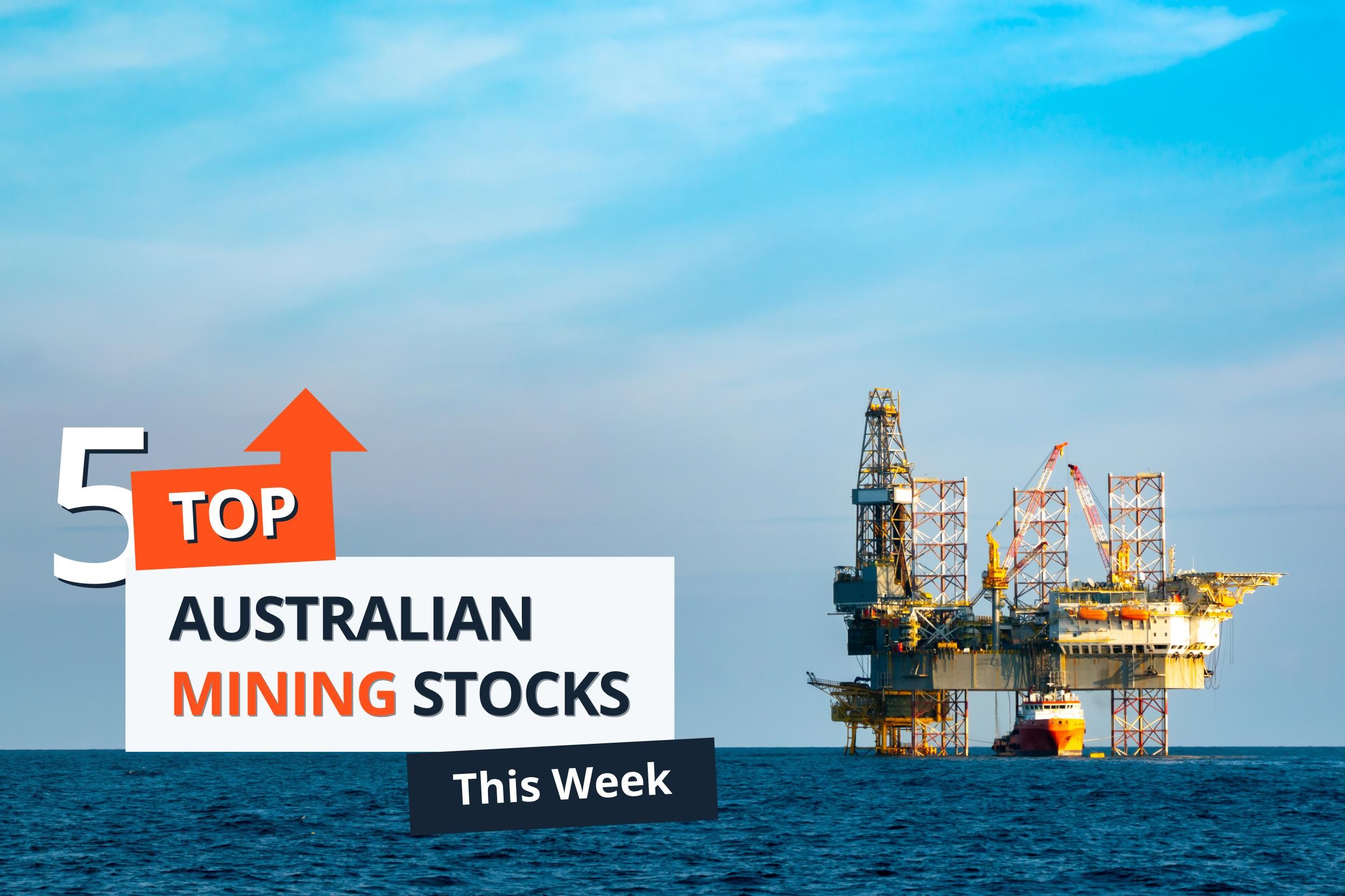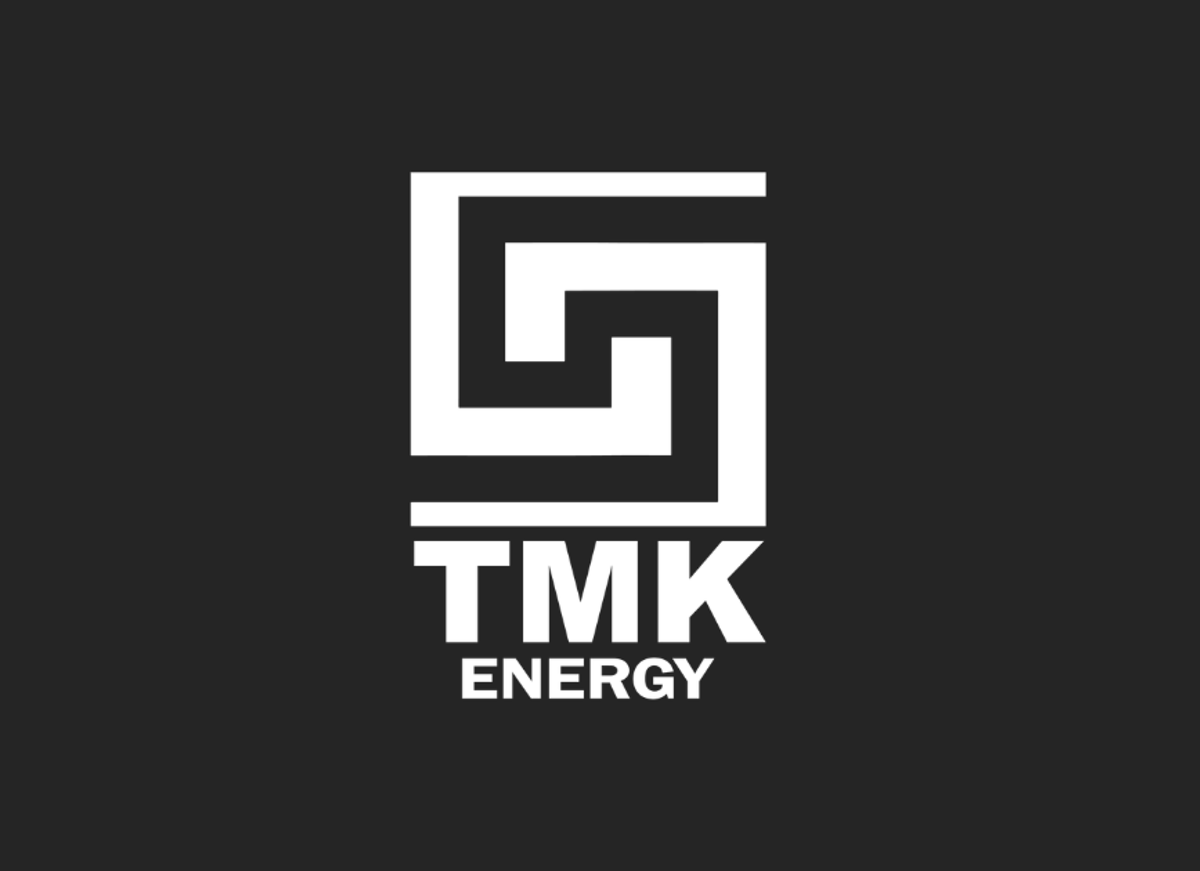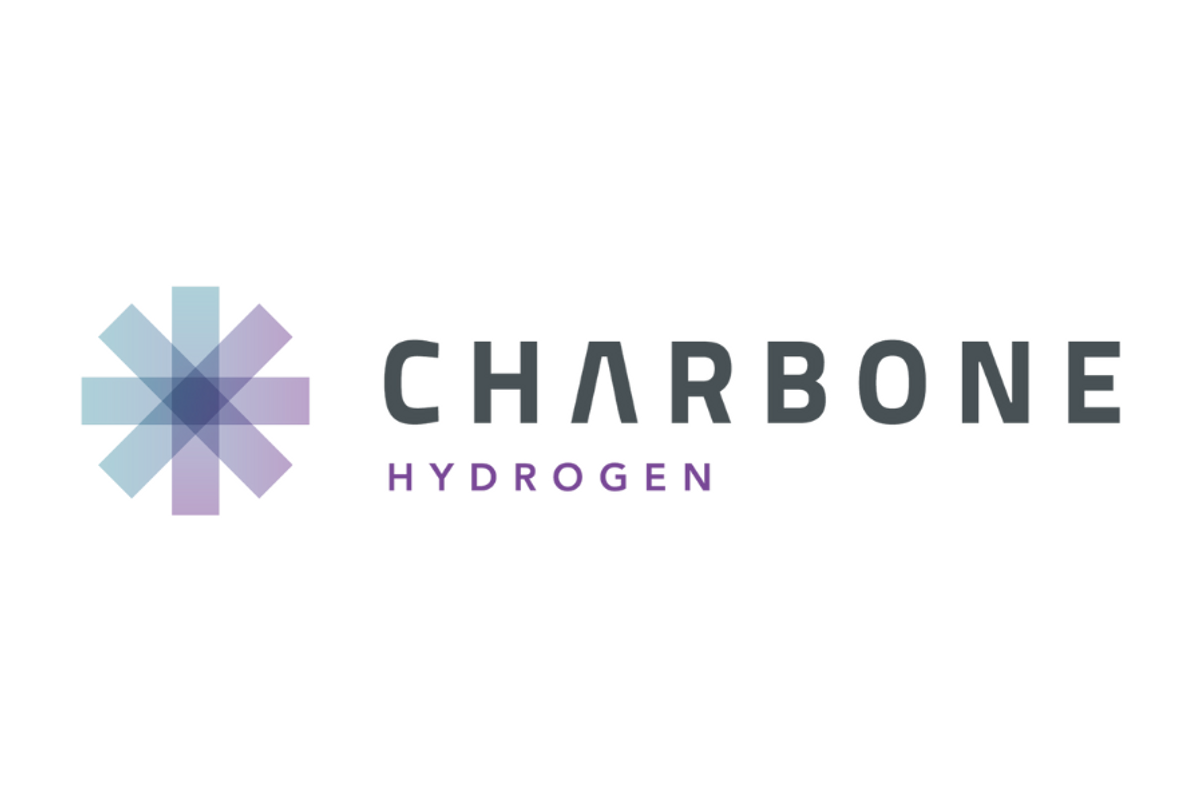
April 18, 2023
Blue Star Helium Limited (ASX:BNL, OTCQB:BSNLF) (Blue Star or the Company) provides an update on progress on its maiden Voyager helium development in Las Animas County, Colorado.
Highlights
- Final approval received to drill the first two helium development wells at the high- grade Voyager helium development.
- These two wells offset the BBB#1 helium discovery and are planned to be production wells.
- Drilling of the first well is expected to commence in late Q2 or Q3.
- Additional five-well OGDP for Voyager to be submitted to COGCC in first week of May; together with the BBB 33#1 and 34#1 locations, delivers robust inventory from which the initial 3-4 production well locations at Voyager will be selected.
- Commercial discussions for provision of leased helium facility at Voyager highly advanced and expected to conclude in execution of a facilities agreement in coming weeks.
- Blue Star on track for first helium production and sales from Voyager during H2 CY2023.
Voyager helium development wells approved for drilling
The Colorado Oil and Gas Conservation Commission (COGCC) has approved the Forms 2 relating to each of the BBB 33#1 and BBB 34#1 helium development wells (refer Figure 1). These wells relate to the “BBB 2860” Oil and Gas Development Plan (OGDP) located within the Company’s high-grade Voyager helium development. This is the final COGCC approval required to be able to drill these wells.
These two wells offset the BBB#1 helium discovery and are intended to produce into the initial Voyager facility (see BNL announcement dated 19 December 2022). Drilling of the first of these wells is expected to commence in late Q2 or Q3 and is planned to include subsequent flow and pressure testing evaluation.
Additional Voyager helium development wells submission
Following the acquisition of strategic mineral leases and surface access agreements (see BNL release of 11 April 2023), the next planned OGDP submission at Voyager has been expanded to five wells and is planned to be submitted in the first week of May after expiry of mandatory pre- submission notices to the County.
Previously this OGDP included the three eastern wells on the map below (on existing leases shown in blue). Submission of the OGDP was paused to add the two highly regarded well locations associated with the newly acquired strategic minerals leases (shown in yellow). This approach follows COGCC guidance.
Coupled with BBB 33#1 and 34#1, approval of these further locations is expected to deliver a robust inventory of permitted wells from which to select the initial 3-4 production well locations at Voyager.
COGCC advised at the operator meeting on 14 March 2023 that it is implementing a revised permitting process which is designed to shorten the time between submission and hearing to 4.5 months. COGCC says that the current process takes on average 7 months.

Helium processing facility commercial discussions
Blue Star is progressing negotiations with a mid-stream company for the lease of a helium processing facility at Voyager (see BNL announcement of 19 December 2022). These discussions are now highly advanced and expected to conclude in execution of a facilities agreement in the coming weeks for supply and operation of the helium processing plant. Accordingly, given the COGCC’s revised permitting guidance, Blue Star is continuing to target first helium production and sales from Voyager during H2 CY2023.
Click here for the full ASX Release
This article includes content from Blue Star Helium, licensed for the purpose of publishing on Investing News Australia. This article does not constitute financial product advice. It is your responsibility to perform proper due diligence before acting upon any information provided here. Please refer to our full disclaimer here.
BNL:AU
The Conversation (0)
28 November 2022
Blue Star Helium
Developing High-Grade Helium Assets in Colorado
Developing High-Grade Helium Assets in Colorado Keep Reading...
20 November
Top 5 Australian Mining Stocks This Week: 3D Energi Jumps on Twin Gas Discoveries
Welcome to the Investing News Network's weekly round-up of the top-performing mining stocks listed on the ASX, starting with news in Australia's resource sector.This week’s top ASX stocks follow a diverse set of resources: an oil and gas company takes the lead, followed by gold, tungsten,... Keep Reading...
20 November
Angkor Resources Advances Analysis of Andong Bor Drill Core
(TheNewswire) GRANDE PRAIRIE, ALBERTA TheNewswire - (Nov. 20, 2025): Angkor Resources Corp. (TSXV: ANK,OTC:ANKOF) ("ANGKOR" OR "THE COMPANY") announces further analysis, assays, and conclusions on the drill core from Andong Bor license in Oddar Meanchey Cambodia. Dennis Ouellette, VP Exploration... Keep Reading...
20 November
Coelacanth Announces Q3 2025 Financial and Operating Results
Coelacanth Energy Inc. (TSXV: CEI,OTC:CEIEF) ("Coelacanth" or the "Company") is pleased to announce its financial and operating results for the three and nine months ended September 30, 2025. All dollar figures are Canadian dollars unless otherwise noted. HIGHLIGHTS Increased oil and natural gas... Keep Reading...
18 November
Record Gas Production Milestone Achieved
TMK Energy Limited (ASX: TMK) (“TMK” or the “Company”) is pleased to announce it has achieved another record gas production milestone from its 100% owned Gurvantes XXXV Coal Seam Gas (CSG) Project in Mongolia.HIGHLIGHTS: Record gas production of over 500m3 per day for successive days, another... Keep Reading...
12 November
Angkor Resources Engages Departure Capital Inc. for Marketing and Investor Relations Services
(TheNewswire) GRANDE PRAIRIE, ALBERTA TheNewswire - Nov. 12, 2025 - Angkor Resources Corp. (TSXV: ANK,OTC:ANKOF) ("ANGKOR" OR "THE COMPANY") announces that it has entered into a service agreement with Departures Capital Inc. (" Departures Capital ") was signed November 3 2025 and is effective... Keep Reading...
12 November
CHARBONE Confirms Construction Schedule on Track at Sorel-Tracy and Announces the Imminent Start of Equipment Installation Phase
(TheNewswire) Brossard, Quebec TheNewswire - November 12, 2025 CHARBONE CORPORATION (TSXV: CH,OTC:CHHYF; OTCQB: CHHYF; FSE: K47) (" CHARBONE " or the " Company "), a North American producer and distributor specializing in clean Ultra High Purity (" UHP ") hydrogen and strategic industrial gases,... Keep Reading...
Latest News
Latest Press Releases
Related News
TOP STOCKS
American Battery4.030.24
Aion Therapeutic0.10-0.01
Cybin Corp2.140.00





